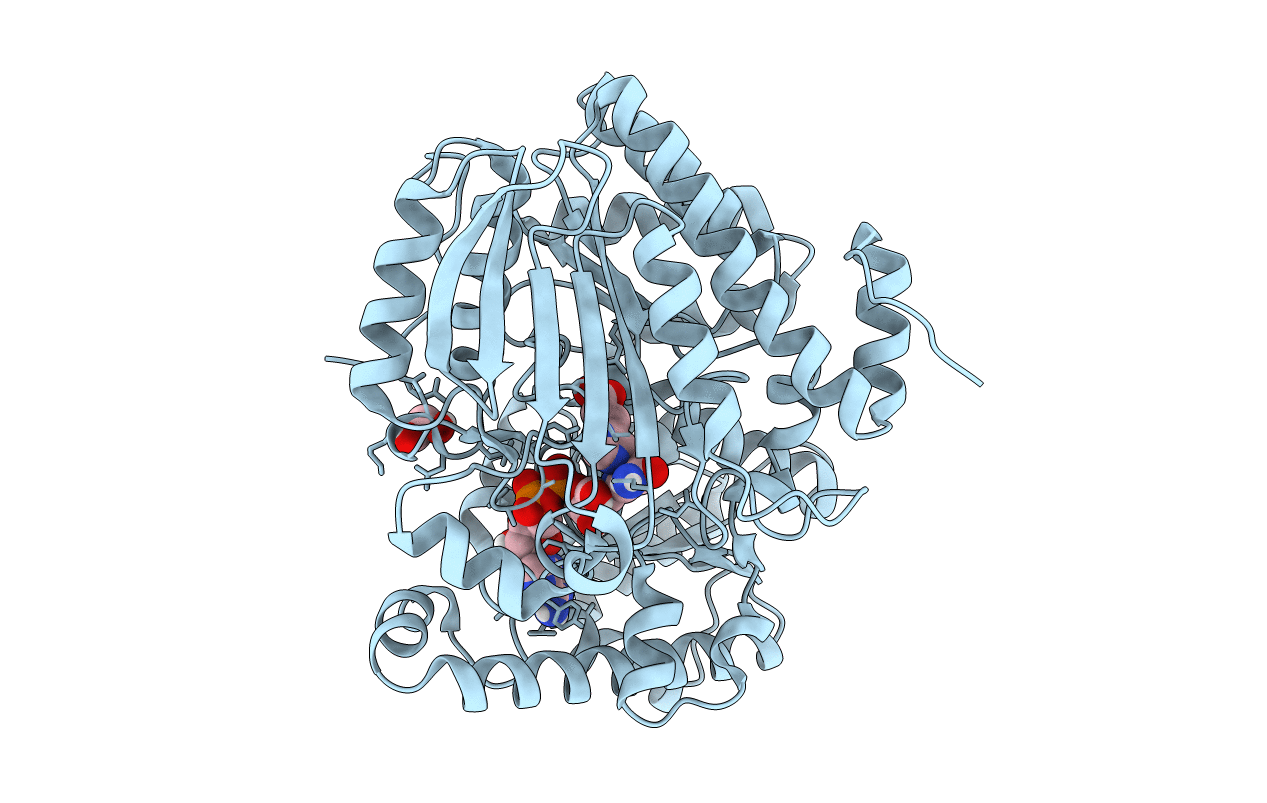
Deposition Date
2021-02-03
Release Date
2021-02-24
Last Version Date
2024-01-31
Entry Detail
PDB ID:
7NED
Keywords:
Title:
Thiourocanate hydratase from Paenibacillus sp. Soil724D2 in complex with cofactor NAD+ and urocanate
Biological Source:
Source Organism:
Paenibacillus sp. Soil724D2 (Taxon ID: 1736392)
Host Organism:
Method Details:
Experimental Method:
Resolution:
1.90 Å
R-Value Free:
0.17
R-Value Work:
0.17
R-Value Observed:
0.17
Space Group:
P 21 2 21


